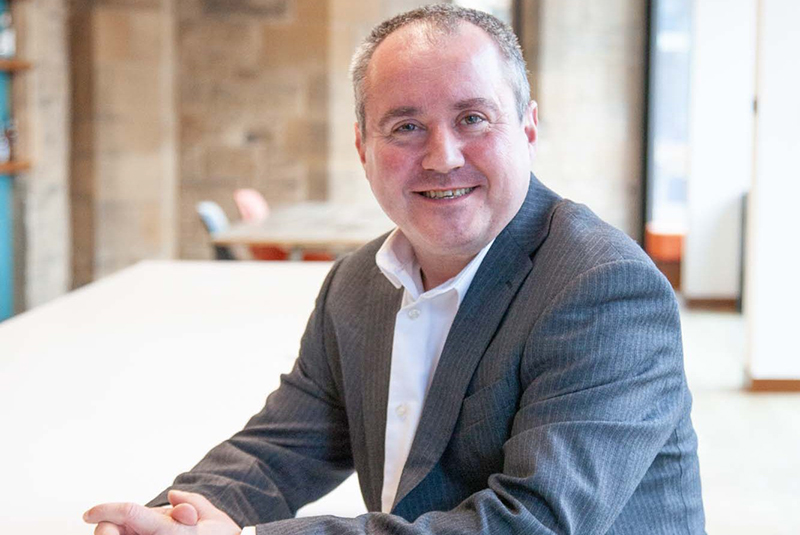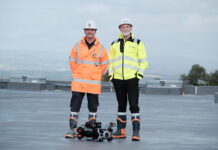
UNDERVALUING the principal designer role could be a danger to construction safety, a leading safety specialist has warned.
Paul McCool, associate director, construction safety services at Thomas & Adamson, part of Egis Group, claims the role, which was introduced under the Construction Design and Management (CDM) Regulations 2015, is too often treated as a ‘tick-box exercise’ rather than a critical part of project delivery.
When it comes to safety in construction, Paul said attention often focuses on the site itself, encompassing items such as PPE, scaffolding, working at height, and minimising accidents. However, he argues that it is just as crucial for safety to be embedded in the design stage of a project.
“The choices made on paper can have long-lasting implications not only in terms of how the structure is constructed, but also how it is maintained when in use and its eventual deconstruction,” Paul said. “Making the correct decisions at the outset and recording why certain decisions were made is not just good practice – it is a legal and moral requirement.”
The role of the principal designer includes outlining the duty holders’ responsibilities and supporting them with planning, managing, and monitoring health and safety during the pre-construction phase of a project. Paul added that the earlier the appointment of the principal designer is made, the bigger the impact it will have on health and safety success.
“While the principal designer is one of the few mandatory appointments on a construction project, with specific responsibility clearly outlined by legislation for coordinating health and safety throughout the pre-construction phase, too often, this role is treated as a tick-box exercise rather than a critical part of project delivery,” Paul continued. “As it stands, the market does not necessarily reflect the importance of this service, and fees may not reflect the weight of responsibility that comes with the appointment.
“In some instances, the service is bundled into other design or management offerings or undercut by providers competing purely on cost. This ‘race to the bottom’, as we have seen in some cases, undermines the purpose of the role and creates a dangerous mismatch between what is required by law and what clients are willing to pay.”
Paul said that while on-site safety is widely recognised as paramount, with rigorous processes in place to reduce accidents, he believes the same emphasis is not always applied to safety considerations in the design of a structure, despite the fact decisions made at this stage directly affect not only how safely the structure is constructed, but also how safely it can be maintained and operated over the decades that follow.
“Take, for example, a roof access hatch placed at the top of a communal stairwell,” he explained. “On paper, it might seem like a logical, space-saving choice. In practice, this creates a serious risk, with maintenance staff using a ladder at the top of a stairway, exposing them not only to ladder falls but also to falls into an often unprotected double-height space below.
“Similarly, while a dramatic atrium with feature lighting can be visually impressive, there must be consideration for how it will be maintained safely. If the only option for replacing a light bulb involves working at height, then risks are being designed in from the outset. Simple interventions, such as incorporating systems to lower the lighting from the safety of ground level or choosing low-maintenance alternatives, can preferably mitigate or at the very least, reduce those risks before they ever materialise.
“This is why experience on-site is vital for those performing the principal designer role. An understanding of how design choices translate into day-to-day operations is key to minimising risk at every stage of a project. These choices may not look as glamorous as high-maintenance alternatives, but are invariably more practical, more efficient, and above all safer.
“Low-maintenance choices may not carry the same aesthetic impact, but they can pay dividends in reducing operational hazards and protecting the people who will interact with the structure long after construction is complete.
“As an industry, we need to stop treating the principal designer as an optional extra or a compliance checkbox. Health and safety is not there to hinder but to help. Ensuring that anyone utilising a structure in its various stages goes home safely to their family and loved ones is the end goal, and early engagement of the principal designer can ensure that health and safety is truly embedded in the foundations of every project.”









